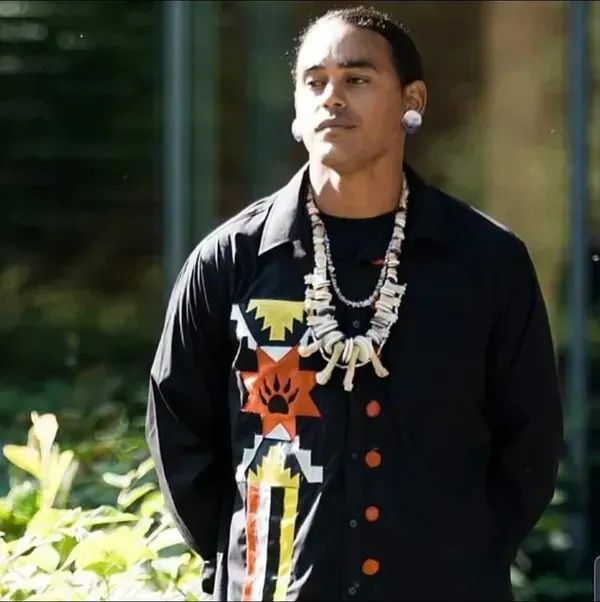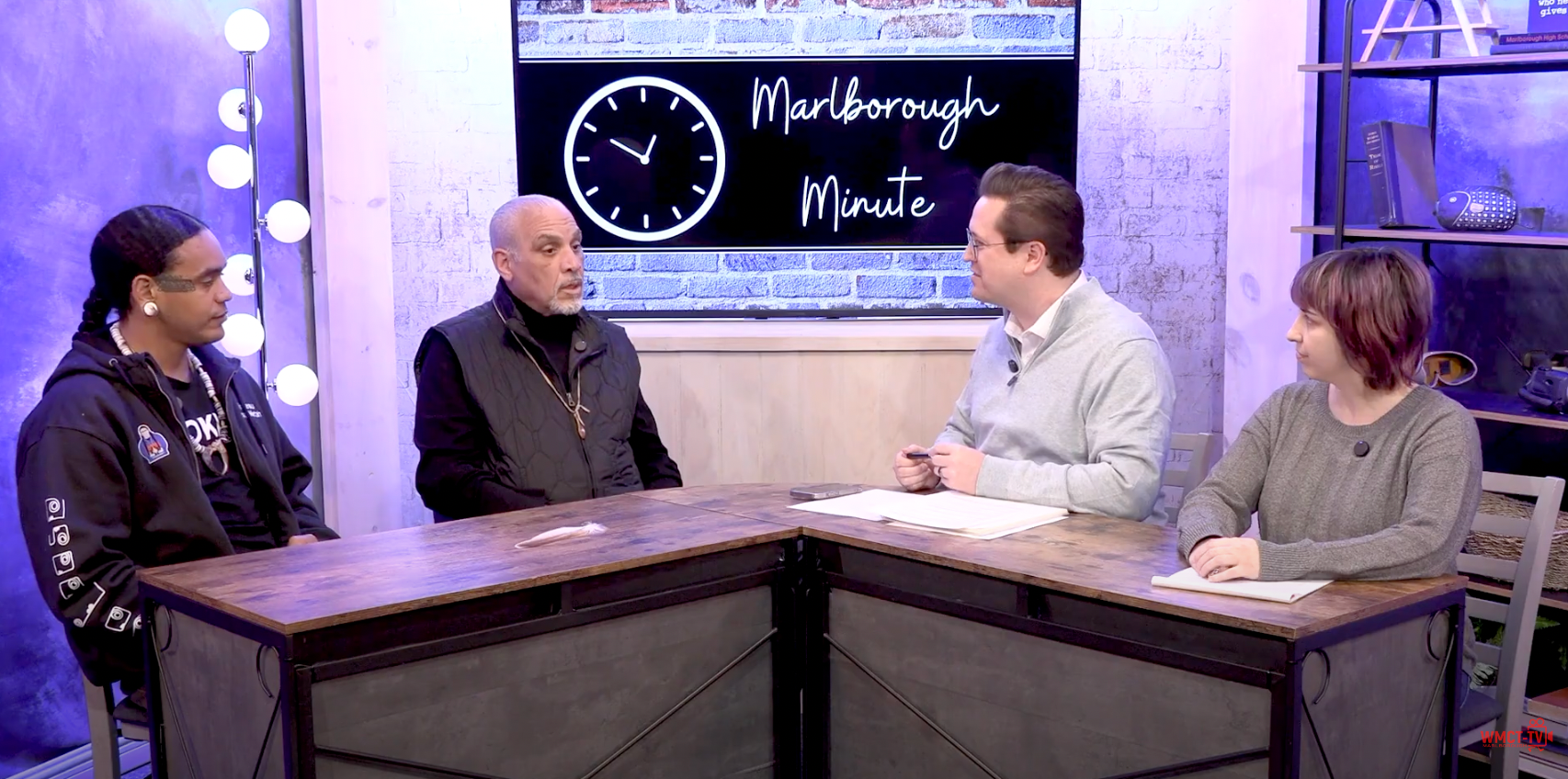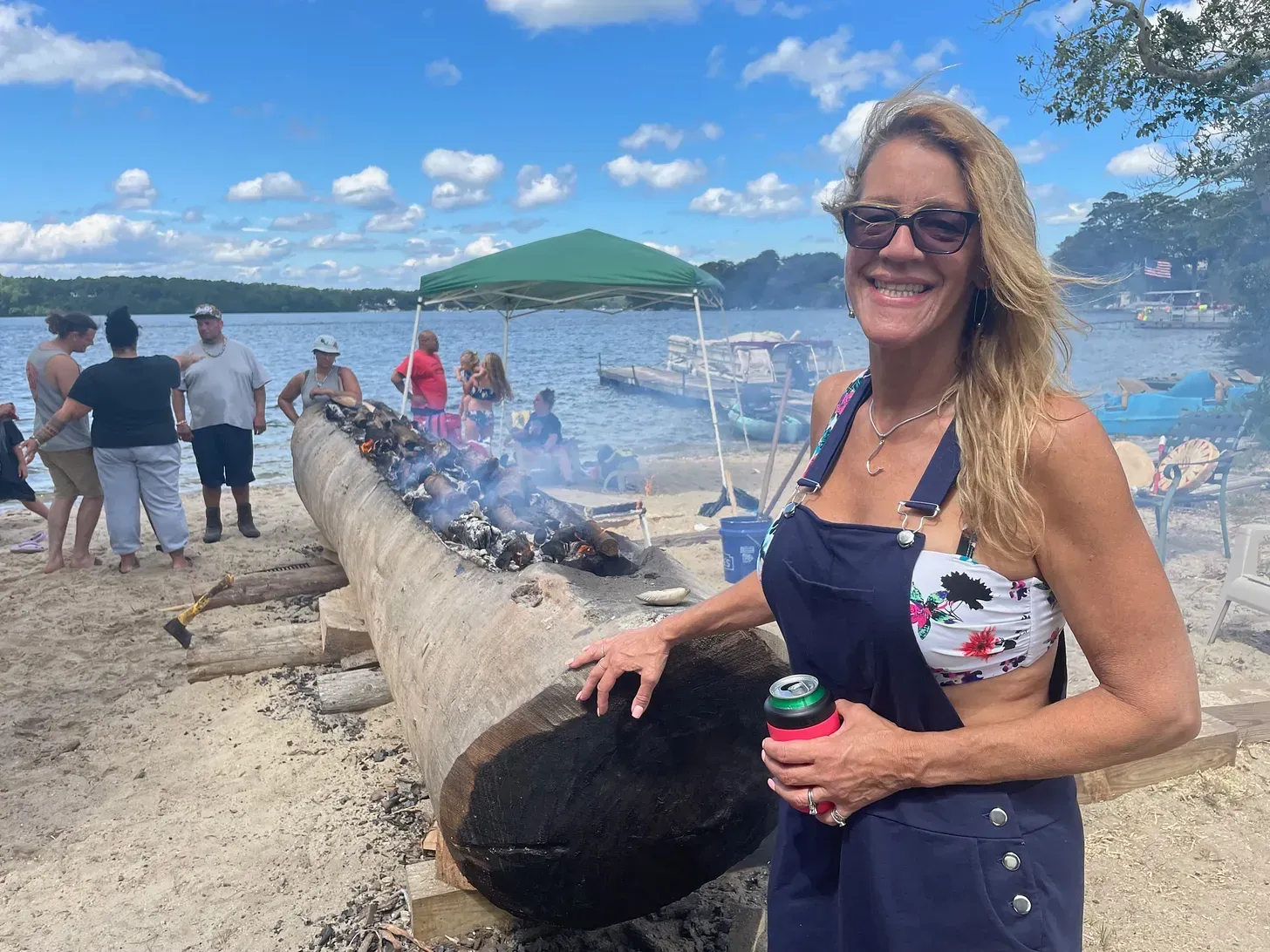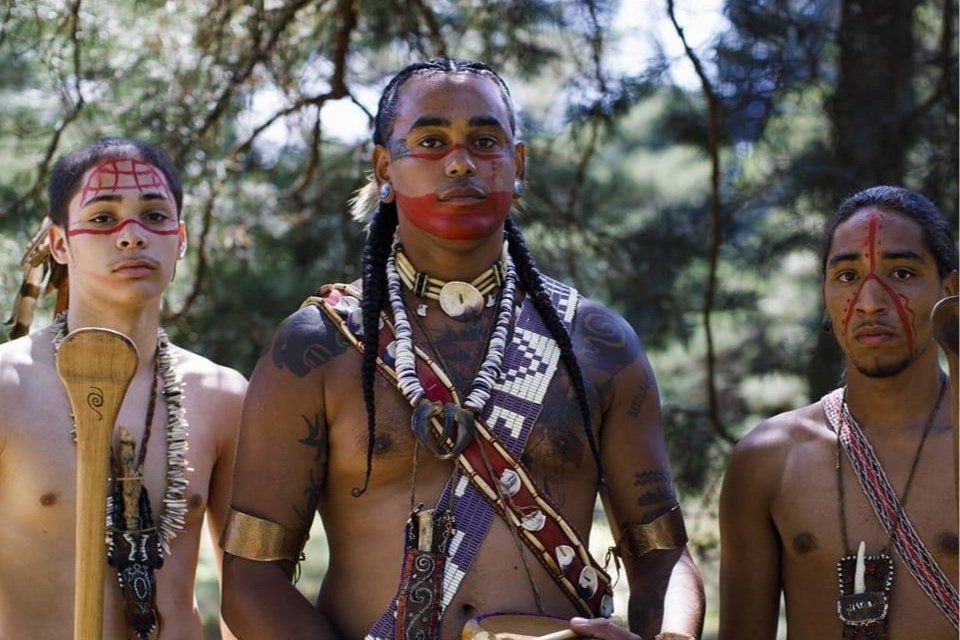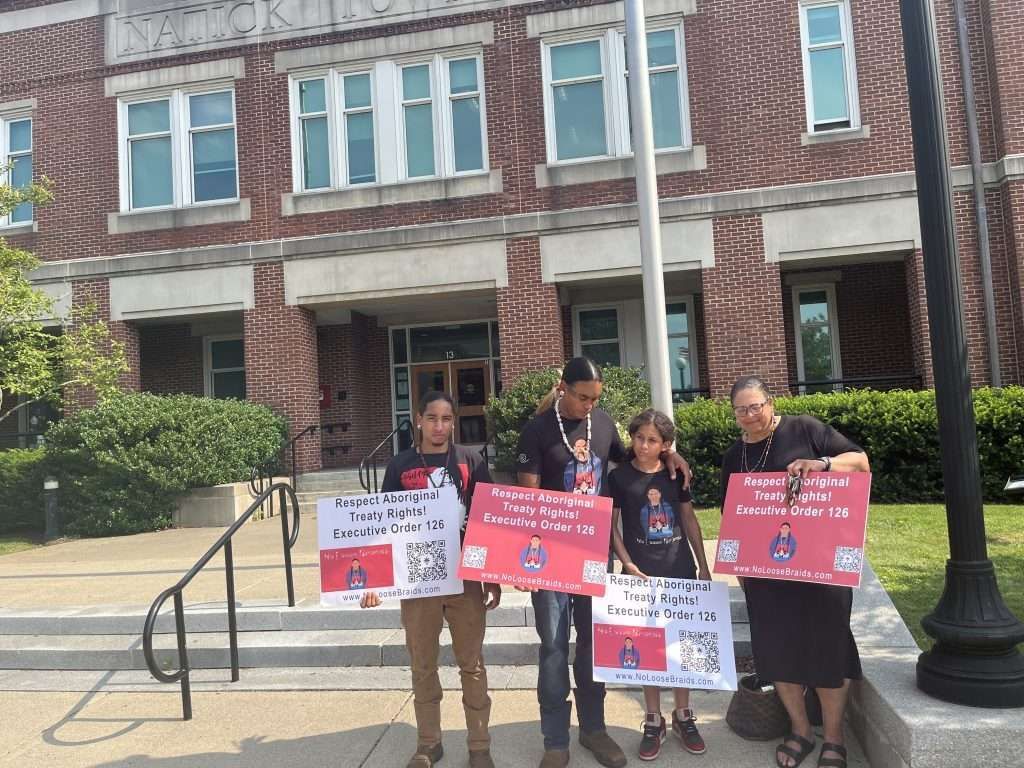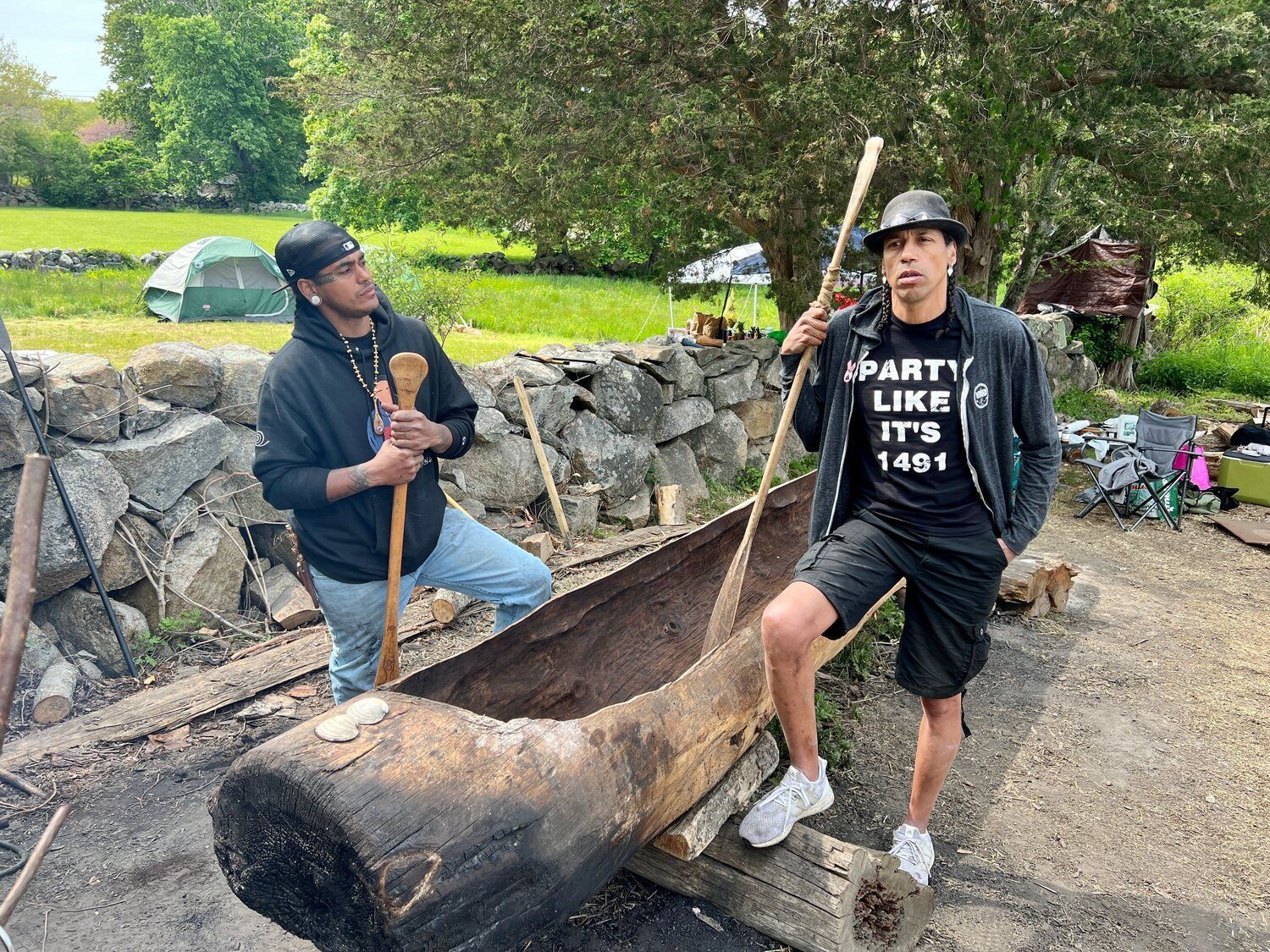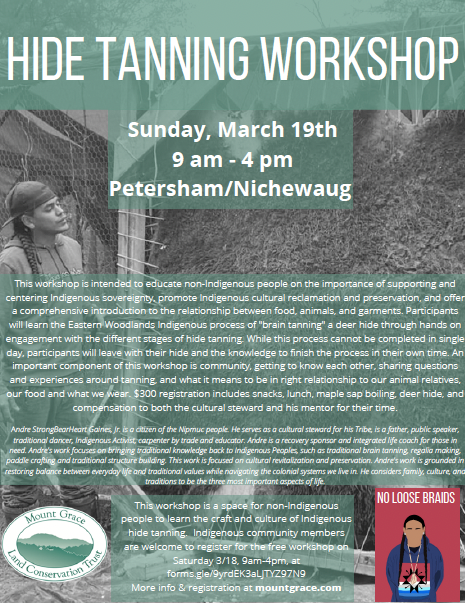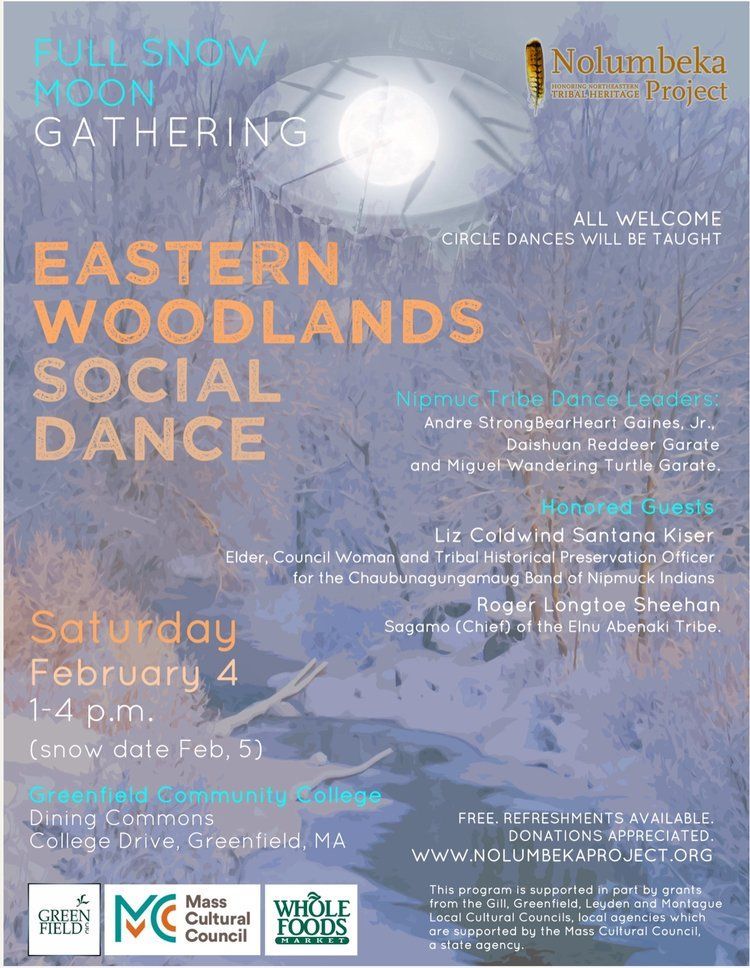Indigenous Tribes Hold Boston’s First Mishoon Burning in More than 300 Years
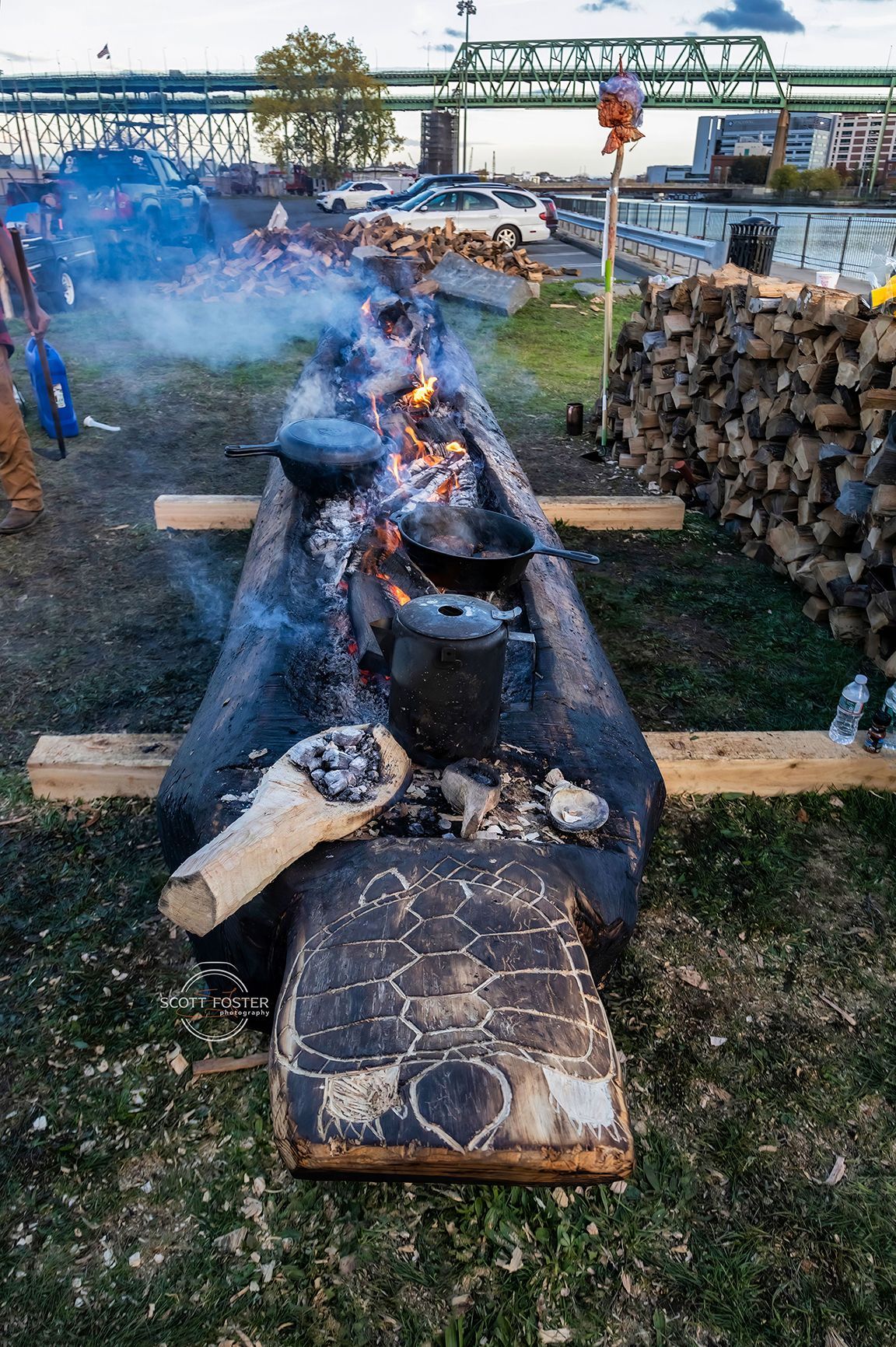
This summary captures the main highlights from a Boston Globe article, spotlighting the groundbreaking mishoon burning event in Boston, the city's first postcolonial endeavor of this Indigenous tradition.
A mishoon is a canoe made through a continuous, controlled burn, representing an Indigenous tradition dating back over 10,000 years. The project is led by Andre Strongbearheart Gaines of the Nipmuc Tribe and Thomas Green of the Massachusett Tribe.
The mishoon, located at the Little Mystic Boat Slip in Charlestown, is tended by tribal members around the clock and will remain until November 13 or until it's ready. The burning serves as a cultural revitalization effort for tribal youth and adults and aims to educate the public about this ancient tradition.
The mishoon burning project faced obstacles, including legal issues related to open fires in Boston. However, the organizers, supported by federal treaties and the American Indian Religious Freedom Act of 1978, gained community support and eventually received approval. The project, named Communal Waters: Highways of Intertribal Exchange, seeks to revitalize Indigenous culture, foster relationships among sister tribes, and teach the public.
The site features Indigenous music, tents, and a symbolic display of a colonist's head on a spike in memorial of Indigenous individuals murdered by the English. Despite mostly positive reception, the project has encountered some aggression, emphasizing the need for continued education and understanding. Strongbearheart and Green hope this mishoon burning will be the first of many in Boston, fostering a resurgence of Indigenous traditions and connections among tribes.




